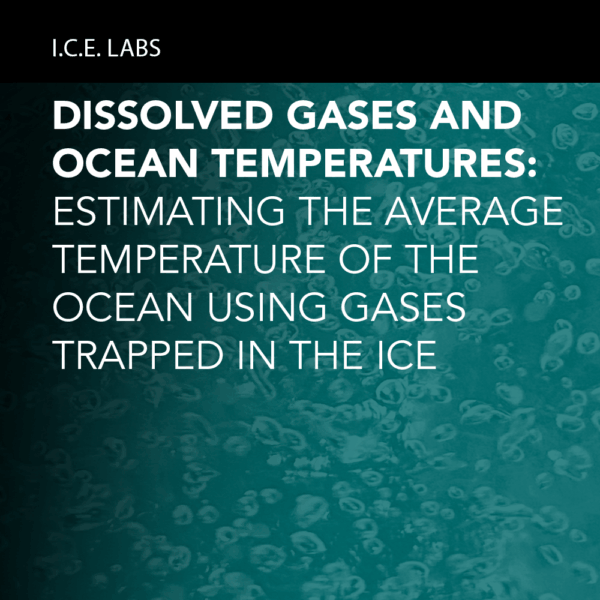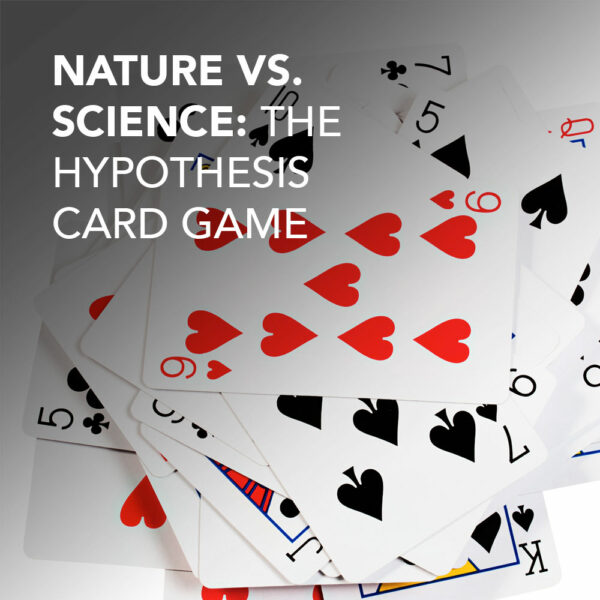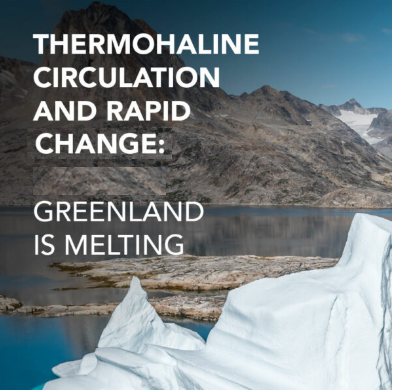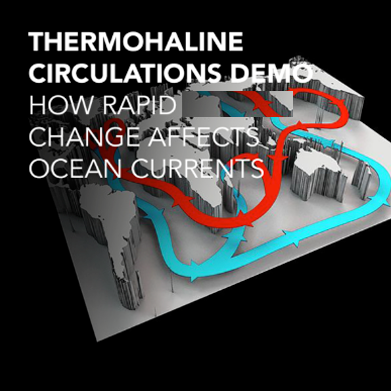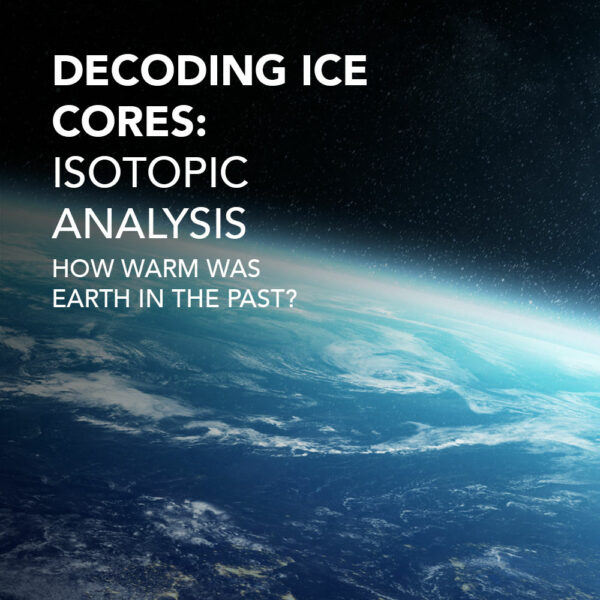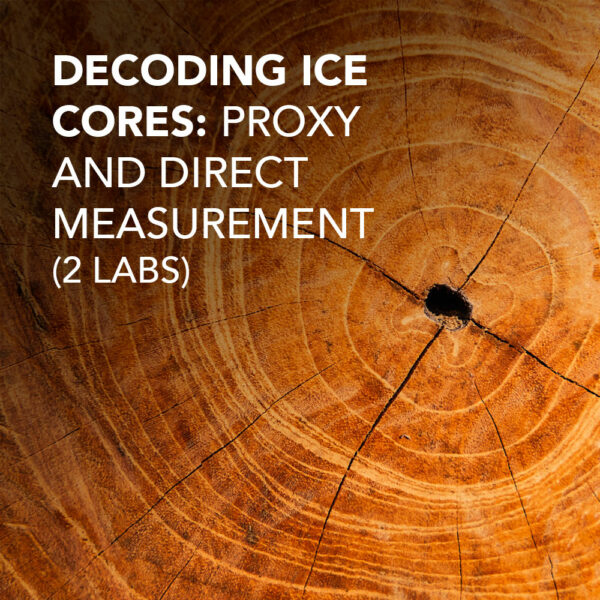- Home
- School of Ice/Ice Core Science Courses
- About & Evaluations
- School of Ice 2025 – Dartmouth College
- HOPE Conference 2024
- VFL Train the Trainers 2023 – Denver
- Past Courses
- School of Ice 2024-Oregon State University
- School of Ice 2023 – Dartmouth College
- School of Snow and Ice – Greenland
- School of Ice 2022-Oregon State University
- School of Ice 2021–Oregon State University
- School of Ice 2020–Virtual Course
- School of Ice 2019-NSF Ice Core Facility-Denver, CO
- School of Ice 2018-Dartmouth College-Hanover, NH
- School of Ice 2017-Dartmouth College-Hanover, NH
- Meet the Experts
- Sharing Space
- Free Resources
- Photo Galleries
- Links
- Contact


